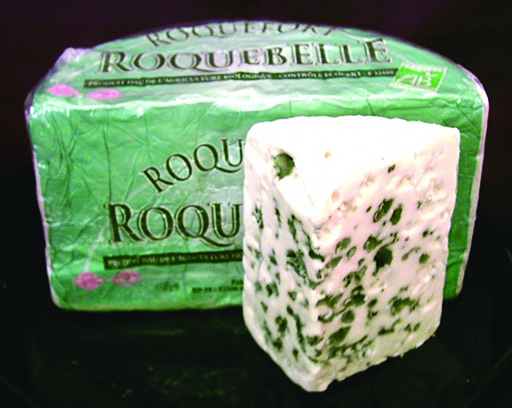5.1 Food and culture
Food traditions play an important role in the culture and identity of people, and are often strongly connected with a regional or national sense of identity (Ichijo and Ranta, 2016). They are also part of cultural heritage and are fiercely protected, such as through indications and designations of the geographical origins of food.
A geographical indication is a sign used on products that have a specific geographical origin and possess qualities or a reputation because of that origin. Roquefort cheese, for example, comes from a region in southwest France, and its production requires a specific recipe that is dependent on a particular breed of sheep that is fed in a pre-defined way, according to local tradition. The cheese itself is aged in the caves in this region, giving it a unique flavour. Geographical indication is thus closely tied to the cultural traditions of a place.

According to the World Intellectual Property Organization (WIPO), a geographical indicator (GI) usually ‘consists of the name of the place of origin of the goods’, although ‘non-geographical names or symbols commonly associated with a place can constitute a GI’. However, ‘whether a sign functions as a GI is a matter of national law and consumer perception’ (WIPO, 2017, p. 9). Their guidance continues:
in order to work as a GI, a sign must identify a product as originating in a given place. In addition, the qualities or reputation of the product should be essentially due to the place of origin. Since the qualities depend on the geographical place of production, there is a link between the product and its original place of production.
-
Identify three other products you have come across that have geographical indication.
-
There are a great number of examples to choose from, but you might have thought of Champagne (from northeast France), Darjeeling tea (from northeast India), Jamaica Blue Mountain coffee and Cornish pasties.
Next you will look at some unconventional sources of food and explore how they might contribute to environmental sustainability.
